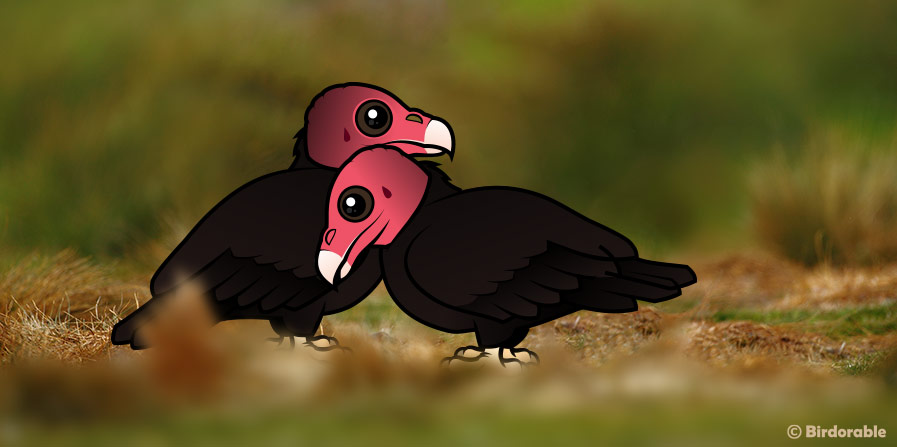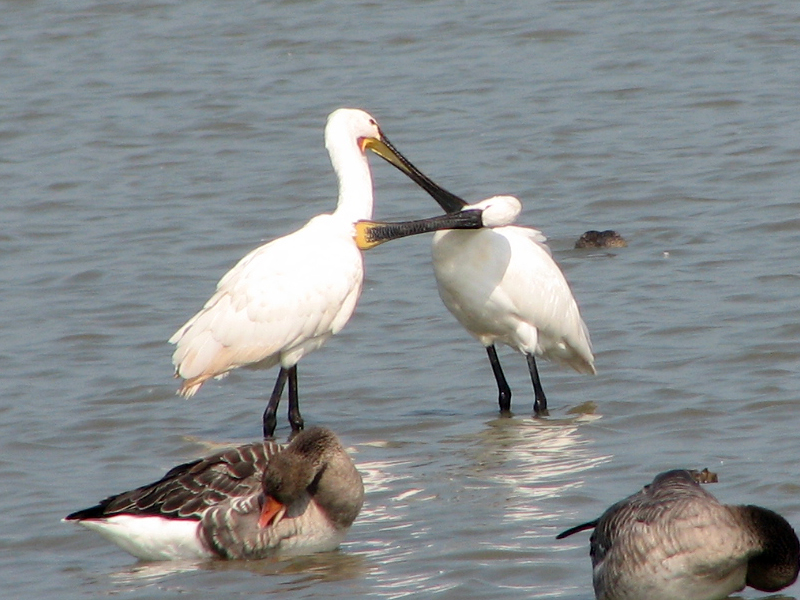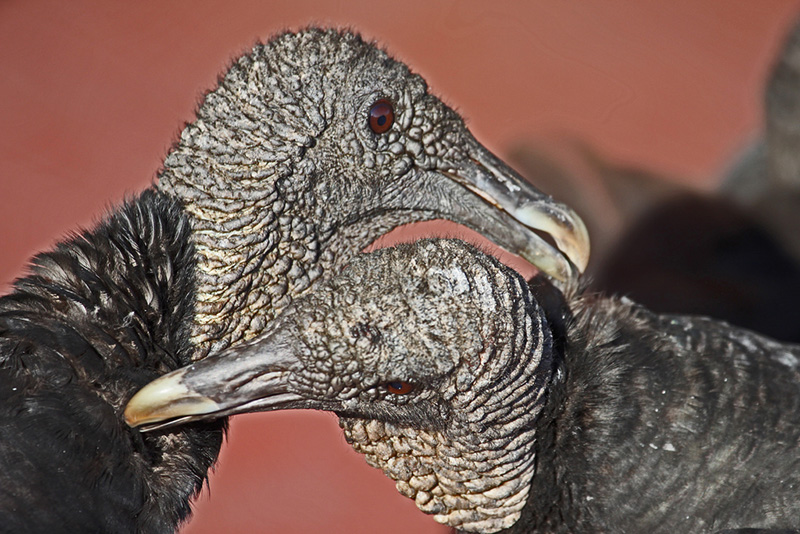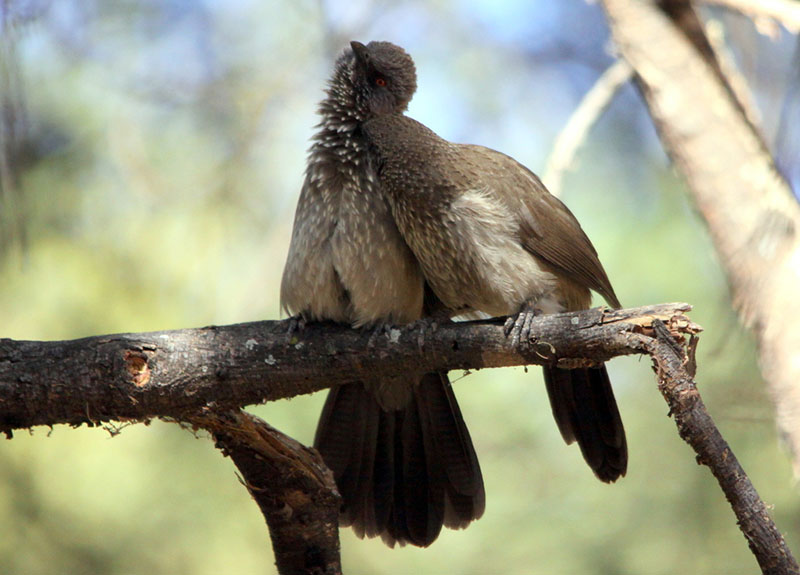Bird Term: Allopreening

Allopreening refers to one animal preening another. While preening and grooming are usually individual actions, in some species, birds or animals will preen one another. This occurs in birds as well as other classes of animal.
We previously mentioned allopreening when discussing vultures during Vulture Week in 2015. The post Glossary of Vulture Terms explained, in part, that "allopreening refers to social grooming between multiple individuals, often performed to strengthen social bonds."
Social bonds may not be the only reason that birds preen or groom one another. Allopreening is most common in species that tend to gather in large flocks. In these species, birds in frequent close proximity to each other are more likely to transfer parasites amongst the close-knit group. Allopreening in these species helps to keep pests like ticks under control.
Allopreening between mated pairs of birds occurs more often in species where both the male and female raise their offspring together. The preening ritual may help strengthen the longer-lasting bond. In mated pairs where the birds may be separated for a long period of time, allopreening is part of a greeting ritual. For example, this type of allopreening occurs when male and female penguins are reunited after a long incubation shift where one of the mates was feeding at sea for days or weeks.
Allopreening may also help to reduce conflict or tensions among large flocks or breeding colonies of birds. The social structure of the colony plays a large part in who receives preening and how much.









Comments
Be the first to comment
Thank you!